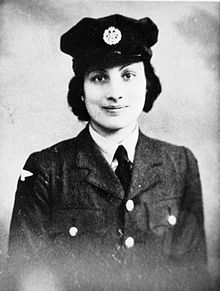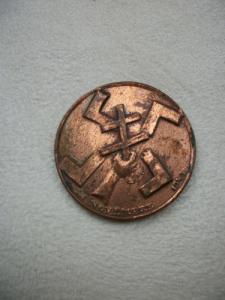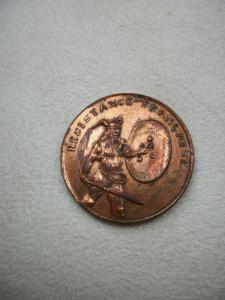Currently reading Sarah Helm’s book ‘A Life in Secrets: Vera Atkins and the Lost Agents of SOE’.
It’s a fascinating portrait of the SOE officer who looked after agents heading into the field.
The remarkable Noor Inayat Khan features prominently.
Noor (she later used the name Nora) was born in 1914 in Moscow to an Indian father and an American mother. The family moved to Paris, where she was educated. She later worked writing childrens’ stories.
Noor escaped to England after the fall of France and in November 1940 she joined the WAAF (Women’s Auxiliary Air Force). In late 1942, she was recruited to join SOE as a radio operator.
In June 1943 she was flown to France to become the radio operator for the ‘Prosper’ resistance network in Paris, with the codename ‘Madeleine’. Many members of the network were arrested shortly afterwards but she chose to remain in France and spent the summer moving from place to place, trying to send messages back to London while avoiding capture.
In October, Noor was betrayed by a Frenchwoman and arrested by the Gestapo.
In November 1943, she was sent to Pforzheim prison in Germany where she was kept in chains and in solitary confinement. Despite repeated torture, she refused to reveal any information. In September 1944, Noor and three other female SOE agents were transferred to Dachau concentration camp where on 13 September they were shot. Noor was 30.
For her courage, Noor Khan was posthumously awarded the George Cross in 1949.





